I'm using a TIP120 (Darlington pair BJT) brought to saturation for a project of mine. I have \$V_{CE(sat)}=1V\$, \$I_C=2A\$, \$V_{BE}=2.5V\$ and \$I_B=0.005\$A, which give me a total power dissipation of:
\$P_D=V_{CE(sat)}*I_C+V_{BE}*I_B \approx 2W\$
When I look up the component datasheet to check the absolute maximum ratings, there are two values given for power dissipation: one at 65W (@ \$T_C=25°C\$) and one at 2W (@ \$T_A=25°C\$), as seen on the image below:
So my question is: what is the difference between the two values? What is the difference between \$T_A\$ and \$T_C\$?
Sorry if this is a common question, I've searched everywhere to try and answer that question, but search engines are not very helpful when I want to know the purpose of parameters found in electronic datasheets (if there exists a glossary for the most common parameters found in datasheets somewhere, and someone has a link, I'd be very happy to use it!).
I suspect that I should use the first value for some reason, but given that my calculated \$P_D\$ value is pratically the same as the second one, I don't want to take any chance and destroy my future setup, making all that magic smoke escape...
Thanks!



